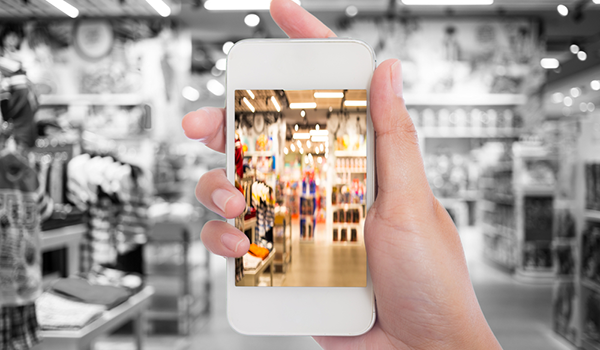Consumers today are not only constantly on the go — they’re constantly connected through a multitude of shopping channels.
They’re seeking information before they shop, and faster, more convenient paths to purchase. So important is convenience to digital-era customers, in fact, that it outweighs products and services on the priority scale. And while consumers might not cite “convenience” when asked what matters most to them, they’re increasingly expecting it.
That’s why manufacturers, marketers and retailers need to provide a total, omni-channel consumer experience to drive sales and profits.
According to “2018 Shopper Trends Report: Understanding Shopper Behavior in an Omni-channel World” from Murphy’s Research, 47 percent of shoppers research consumer reviews online and 38 percent of U.S. internet users research on mobile devices before buying in-store. What’s more, according to Forrester Research, digital currently influences half of in-store sales and is expected to reach 58 percent of total sales by 2022.
Omni-channel retailing — using all available shopping avenues, including in-store, flyers, catalogs, and online from desktops, mobile devices and apps — is necessary to reach connected consumers and update the paths to convenience for them.
The payoff?
Omni-channel shoppers generate higher lifetime value in terms of sales than other shoppers, according to Criteo’s “Global Commerce Review: U.S. Q1 2018.”
But again, convenience is the key. Here are a few steps companies can take to groom and speed the path to purchases:
- Automate product replacement.
- Provide digital shopping lists and offer online ordering, home delivery and healthy, easy-to-prepare meal packages.
- Invest in shopping apps, self-scan devices and automatic basket capture technology.
- Analyze and use customer data to keep pace with changing customers’ needs as well as personalize marketing and special offers.
- Maximize brand presence and awareness across all channels of communication — social media, mobile apps, ads, marketing campaigns and local print media.
These strategies are not merely suggestions — they’re mandatory. Retailers who fail to embrace the future will be run over by it.

